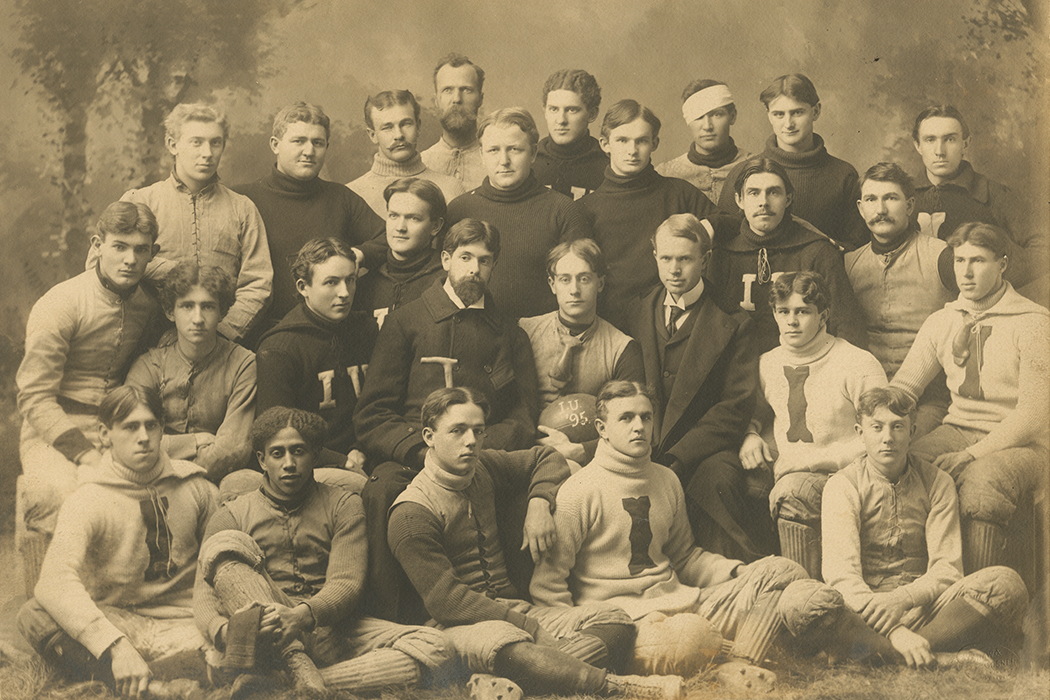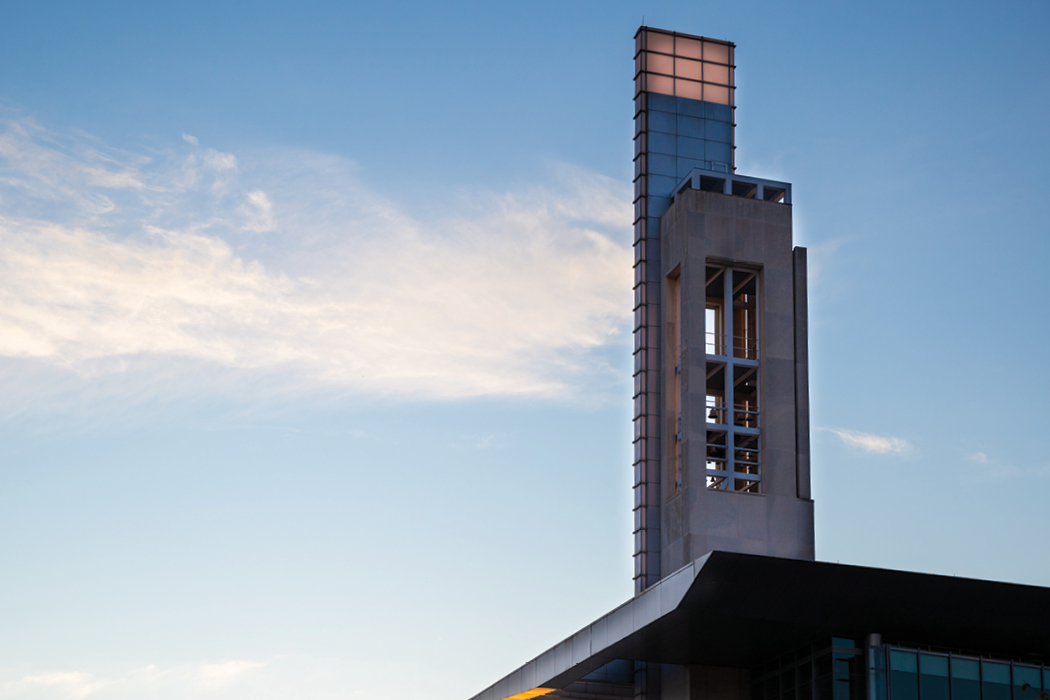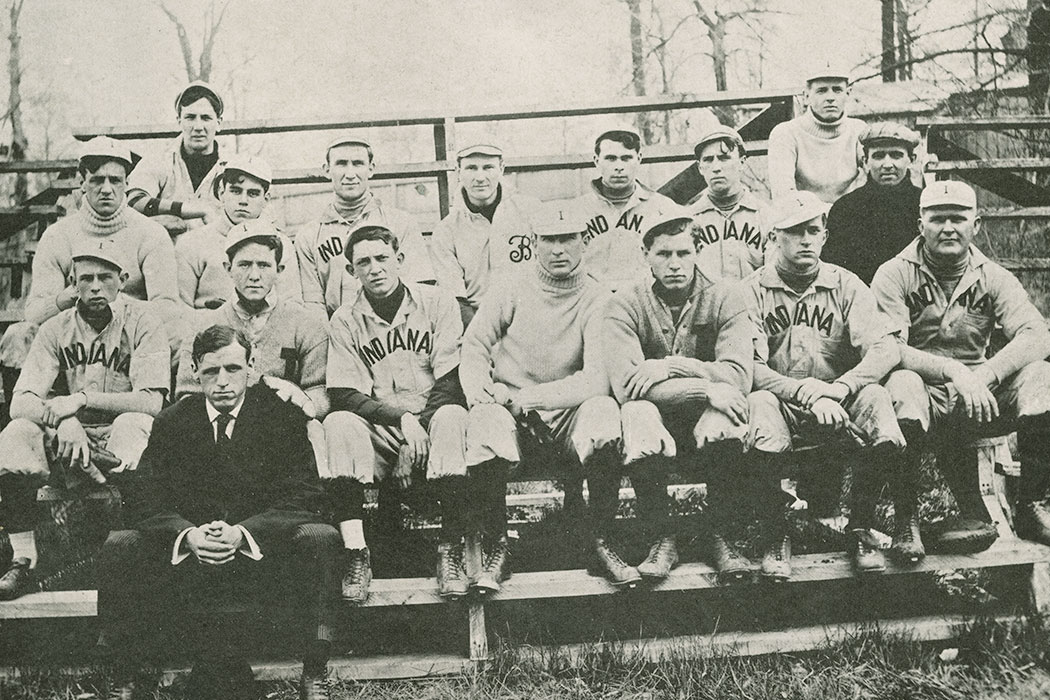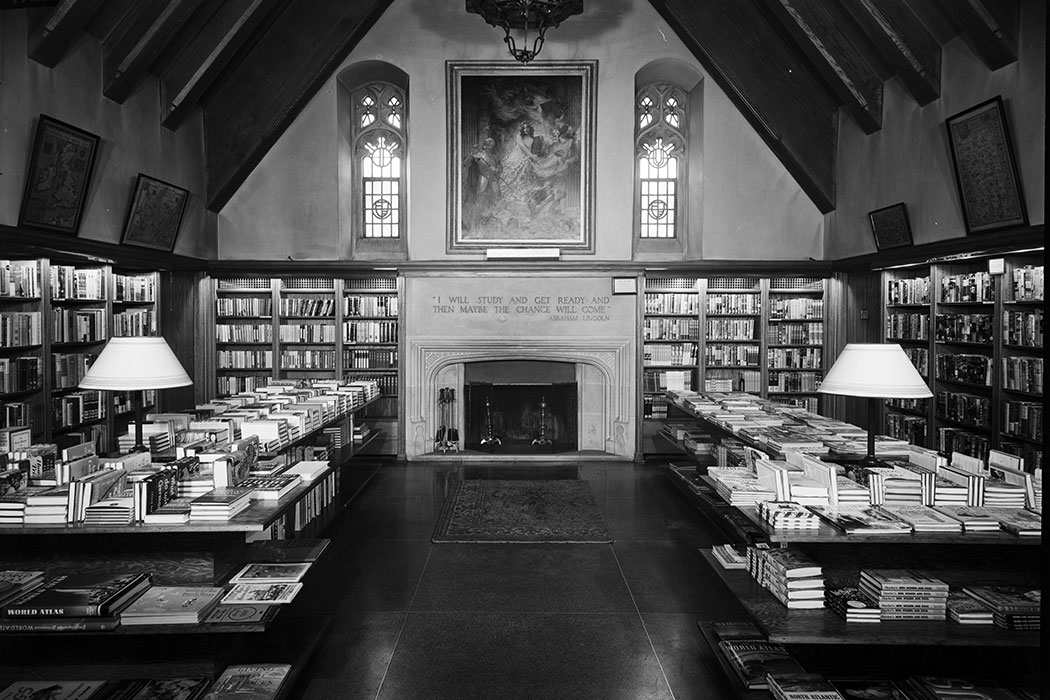The Rocky Road to the Creation of Riley Hospital
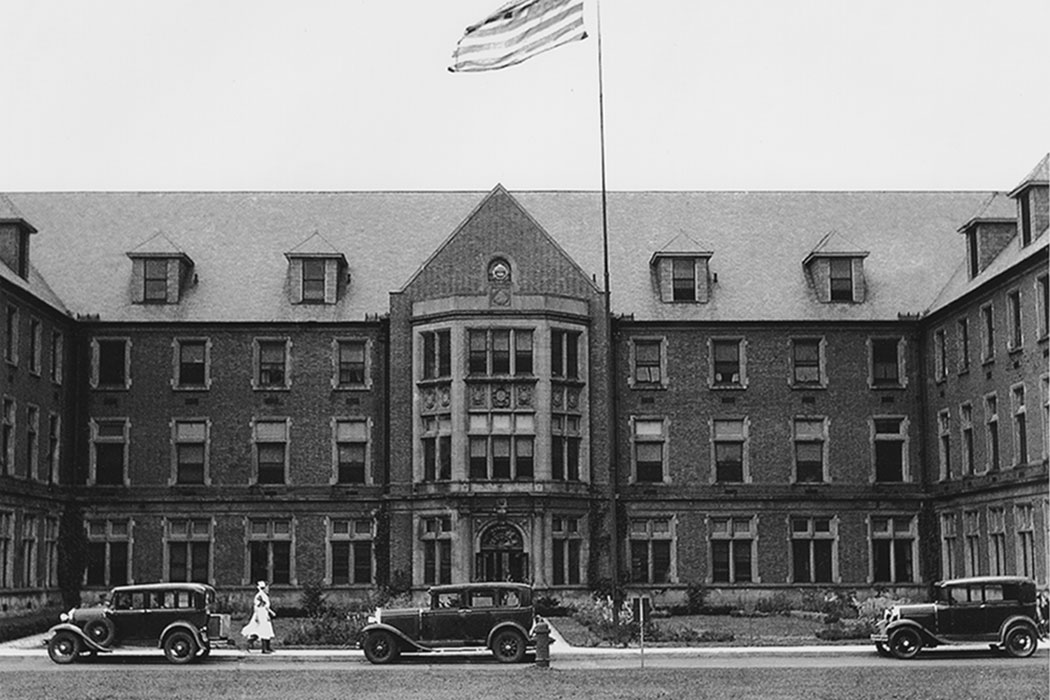
In the early 1920s, Indiana was still reeling from the 1919 Spanish Flu pandemic. Through the collaborative efforts of Indiana University and the Riley Memorial Association, the Indiana General Assembly passed a 1921 act that allowed for the founding of the James Whitcomb Riley Hospital for Children to meet the overwhelming need for quality pediatric healthcare. Yet, despite the obvious potential benefits of such an institution for the sick children of Indiana, the hospital’s establishment was initially met with resistance from some members of the healthcare community.

According to a 1922 government report, at least 218,201 [or 19.8 percent of] children under the age of 5 years died yearly in the United States. Until the founding of Riley Hospital, Indiana had no hospital specializing in the treatment of children. A significant overcrowding issue plagued City Hospital and Long Hospital (IU School of Medicine’s teaching hospital)—the two hospitals near the IU School of Medicine. Both hospitals had extensive waiting lists for the admission of patients of all ages. Even before Riley hospital opened, parents of sick children wrote to Indiana University asking if their child could be admitted. In one letter, a mother expressed concern that her child had been turned away from Long Hospital due to the already long wait for treatment.
The proposed establishment of Riley Hospital also addressed the ever growing need for medical professionals in the state. The plans for the hospital’s construction came amidst a nursing shortage so severe that the IU Medical Center Finance Committee deemed it an “emergency.” Riley Hospital provided new opportunities for the training of pediatric nurses in connection with the already-established Indiana University Training School for Nurses. Student nurses would thereby serve a vital role in filling in gaps left by nursing shortages that had been unfilled for decades.
Nevertheless, while the demand for Riley Hospital was evident, not everyone in the medical community was eager for its establishment. Between the hospital’s founding and construction, articles in the 1922 Journal of the Indiana Medical Association ( JIMA) accused “newly enfranchised women” employed as social workers as undermining the work of general practitioners. They also cast doubt on the ability of the “faculties of medical colleges” to provide the same quality care as private doctors. However, among the reasons for discontent in the medical community were newspaper articles touting the idea that Riley Hospital—while a state-funded hospital—would be free to all Indiana children. Fearing for their careers and financial livelihood, some medical professionals denounced the new children’s hospital as both socialistic and communistic.
One editorial in the JIMA declared, “Certainly it is time for every red-blooded medical man to take off his coat and work for the high ideals he represents, to say nothing of aiding in his own self-preservation,” adding that hospitals had no “moral right to enter into competition with the private institutions of the state.” This author indicated that Riley Hospital should accept indigent patients exclusively, and to do otherwise would be to the detriment of the entire industry of private practitioners. However, other JIMA articles took a slightly different perspective. One March 1922 editorial stated that the openness of Riley Hospital to all Indiana children was perfectly acceptable, as long as those who were able to pay actually paid.
Over the early months of 1922, JIMA editor and manager Dr. Albert E. Bulson Jr. also corresponded with the dean of IU School of Medicine, Dr. Charles P. Emerson, fervently urging him to heed the outcry of the general practitioners and assure that Riley Hospital open its doors only to indigent patients if it was operated through state funding. In one letter to Emerson, Bulson complained that Long Hospital charged different patients based on social class and expressed a concern that the situation at Riley Hospital could end up worse. He also emphasized what he referred to as the “overwhelming sentiment in the medical community as opposed to [Riley Hospital]” and reiterated that local doctors were worried that building up the medical school would create too much competition for those in private practice. While the JIMA editor also clarified that he was not completely opposed to the construction of the hospital, he also stipulated that there would be a difference in the hospital’s ability to operate depending on whether it was funded by the state or maintained through donations.
At the inception of Riley Hospital, these letters from Bulson foreshadowed the importance that public support would play amid the backlash from the medical community’s local practitioners. Throughout its history, charitable organizations have contributed to the growth of Riley Hospital. The early key to this progress was the Riley Memorial Association (now the Riley Children’s Foundation). Many other charitable organizations have also played important roles including Kiwanis, Rotary, the Junior League, Tri Kappa, Psi Iota XI, and the Riley Cheer Guild, in addition to thousands of private citizens and grateful patients.
Today, Riley Hospital is recognized as one of the leading hospitals for children in the United States for patient care, research, and education. Thanks to charitable contributions, families of patients receiving treatment at Riley Hospital can often stay free of charge at the Ronald McDonald House on the IUPUI campus as well as at the hospital in order to be closer to their children while they undergo treatment.
This article originally appeared in the April 2020 issue of 200: The IU Bicentennial Magazine, a special six-issue magazine that highlights Bicentennial activities and shares untold stories from the dynamic history of Indiana University. Visit 200.iu.edu for more Bicentennial information.
Tags from the story
Written By
Melissa Dombrowski
Melissa, BA’19, is a contributor to 200: The IU Bicentennial Magazine.
